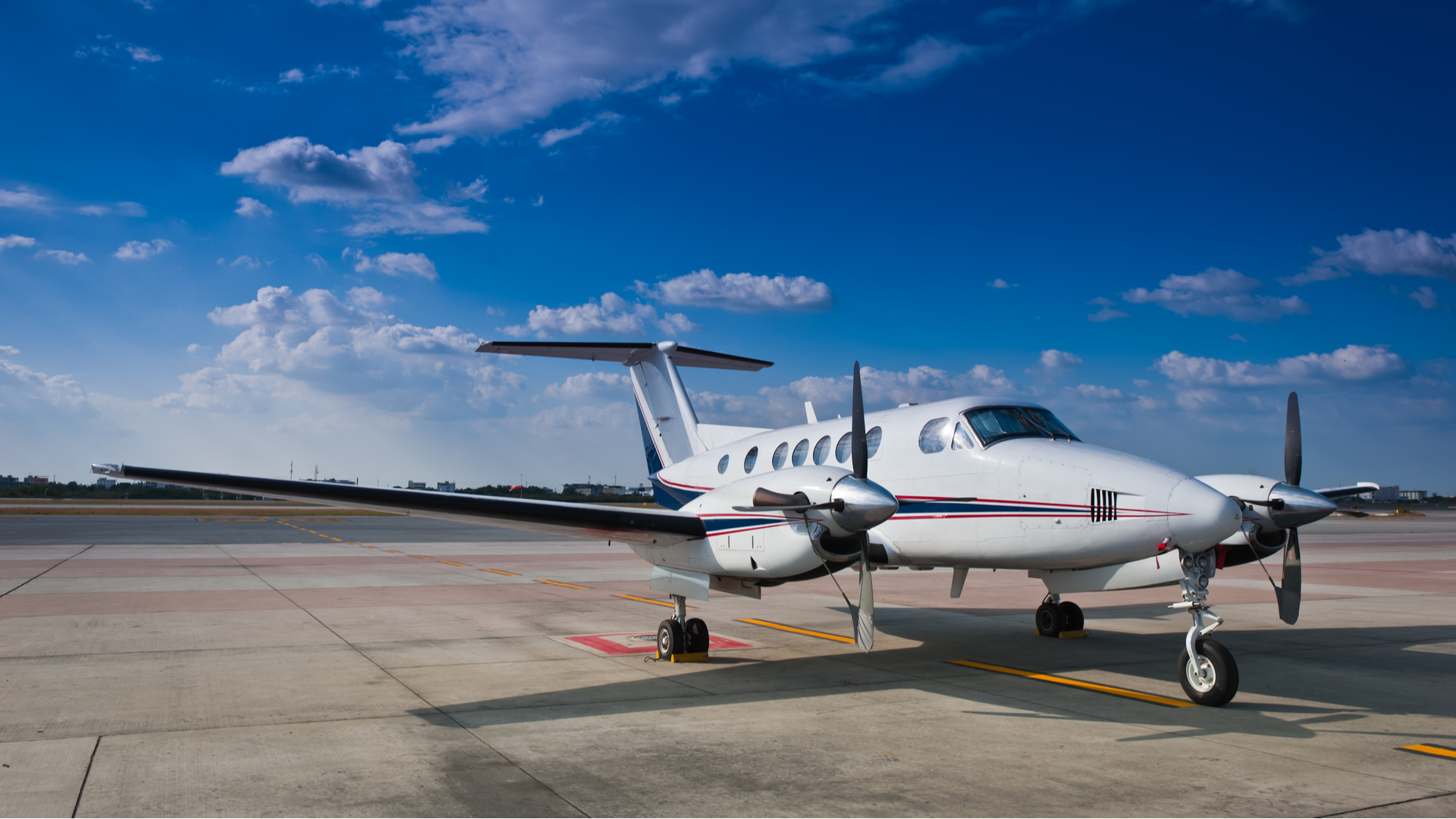Recent changes to the Civil Aviation Safety Regulations 1998 (CASR) and the introduction of a new Part 139 (Aerodromes) Manual of Standards 2019 (new MOS) are currently presenting challenges to small aerodrome operators such as local councils and mining companies as they transition to the new standards for the design, construction, maintenance and operation of certified aerodromes. The changes commenced in August 2020.
Although the industry had been aware that the changes were coming for some time, many aerodrome operators this year have been focused on managing the impacts of the COVID-19 pandemic on their businesses. The changes have therefore crept up on some operators, who are now playing catch up to ensure that they are compliant with the deadline set by the Civil Aviation Safety Authority (CASA).
Why have the standards changed?
Australia is a signatory to the Convention on International Civil Aviation (Chicago Convention) which established the International Civil Aviation Organisation (ICAO). ICAO’s mandate is to achieve as much as possible, international uniformity in civil aviation regulations, standards and procedures.
The changes have been made to ensure that Australian aerodromes are in line with international standards.
Impact on runway strip widths
The changes to the CASR and the new MOS in some cases will require the widening of the area adjacent to either side of the centreline of the aerodrome runway known as the ‘runway strip’. This determines the Obstacle Limitation Surface (OLS) which area needs to be clear of obstacles.
Airports are coded having regard to the runway width. For example a code 3 non-precision runway strip, which is quite common for smaller aerodromes, previously had to be 150m wide but is now required to be 280m wide.
In some cases there is the ability to grandfather an existing aerodrome facility and the OLS of an existing runway, to the previous standards. Aerodrome operators who do not wish to upgrade their facilities should be taking action now to ensure that their facilities can be grandfathered. The operator of an existing certified aerodrome is required to submit an updated aerodrome manual which documents the grandfathering of the facility to CASA by May 13, 2021. Failure by a certified aerodrome to submit the new aerodrome manual by this date will mean that the aerodrome is no longer certified.
If an existing aerodrome facility is replaced or upgraded, the facility will not be able to be grandfathered. If you are thinking of extending your runway, you may need help to make sure that you can comply with the standards in the new MOS. Aerodrome operators can also opt-in to the new standards.
Obstacles to widening runway strips
Unless an airport falls within the grandfathering provisions of the new MOS 139, then a runway strip which does not comply with the new standards will need to be widened. This may involve substantial earthworks to level the ground and works to clear obstacles, which may include relocating airport infrastructure. Some small local councils which provide their airport as a community service are likely to find it difficult to raise the funds to carry out these works.
There may be other challenges associated with complying with the new standards, such as where the boundaries to the land owned or leased by the airport operator is not wide enough to allow for widening of the runway strip.
Some aerodromes are on the land of traditional owners or contain sacred sites which potentially limit the ability to extend the runway strip, e.g. the extension may require the removal of sacred trees or artefacts. Permission to remove these artefacts or impact on culturally significant sites will need to be addressed with sensitivity with the traditional owners if compliance with CASA’s requirements is to be achieved.
Where obstacles cannot be removed, consideration will need to be given to whether a safety case could be prepared which assesses that the risk of the obstacle remaining as being as a low as reasonably possible. The risk assessment may recommend risk mitigation measures such as lighting the obstacle or installing beacons.
Managing the changes
If the facility cannot be grandfathered and the aerodrome operator fails to comply with the new standards, then this will impact on the coding of the airport, which in turn will impact on what types of planes can fly to that airport.
If CASA downgrades the code of an airport then smaller planes may only be able to fly to and land at the airport. This means more flights are needed to carry passengers which in turn means higher costs for air transport users.
Regional airports are an essential partner in Australia’s tourism industry as well as supporting business commuters and FIFO workers, and connecting regional centres to capital cities. The lifting of COVID-19 restrictions within Australia, while most international travel remains problematic, presents a logical choice for Australians to travel locally. If an airport is downgraded, it may no longer attract passenger aircraft, which could detrimentally impact on tourism in the region.
Changes to the coding of a runway may also impact on the aerodrome operator’s airline agreements and could give rise to insurance issues.
Aerodrome operators need to understand this complex new regime and determine whether they are required to increase the width of their runway or commit to other substantial infrastructure costs to remain compliant. This can be a daunting task without the benefit of specialist legal advice, especially for some small local councils and mining companies for which operating an aerodrome is not their core business.




